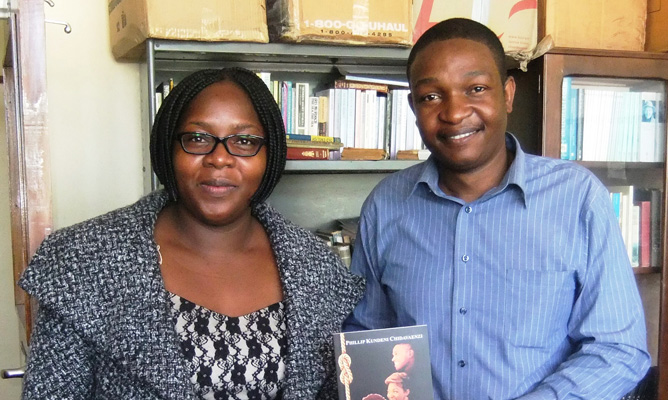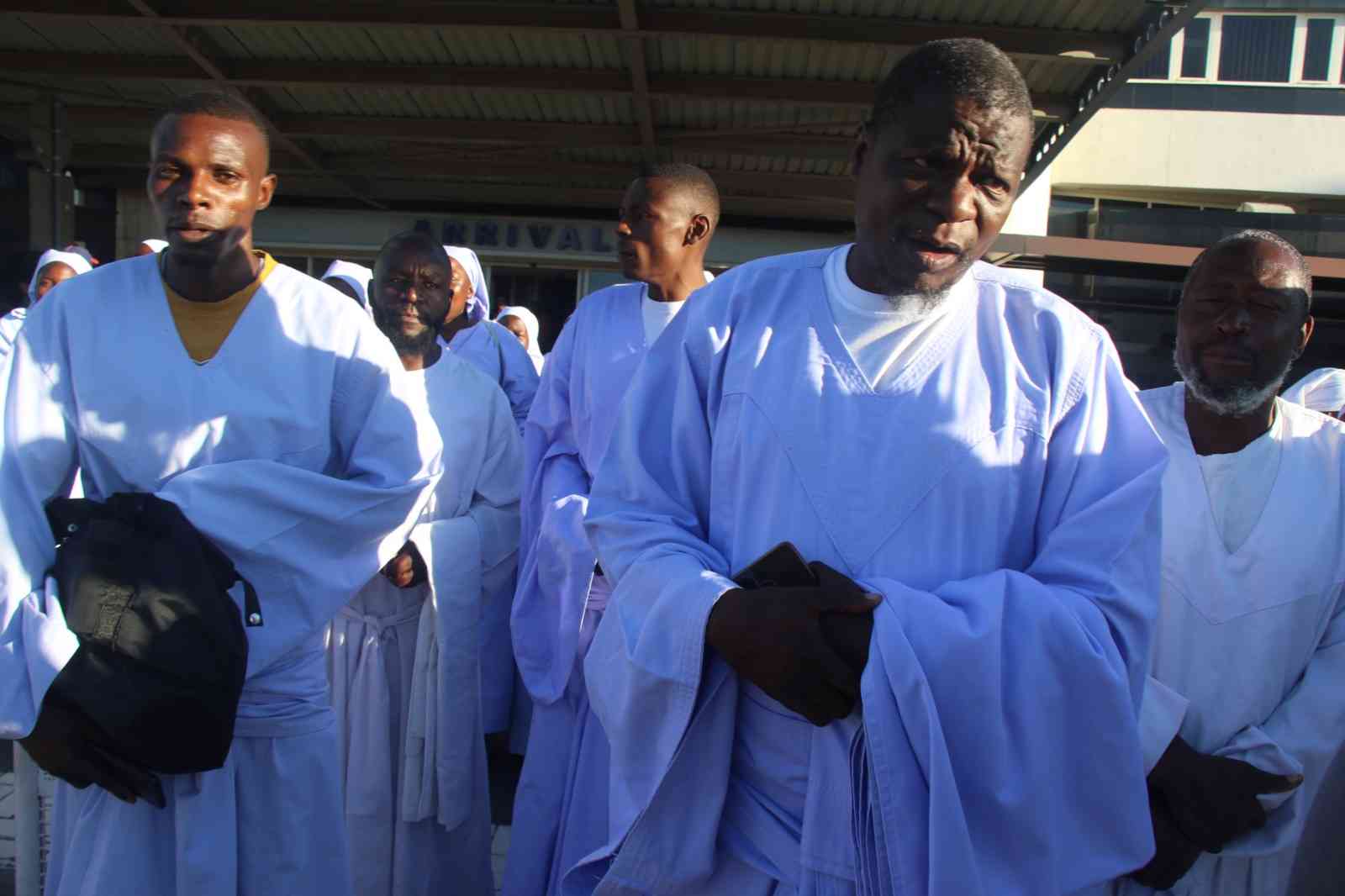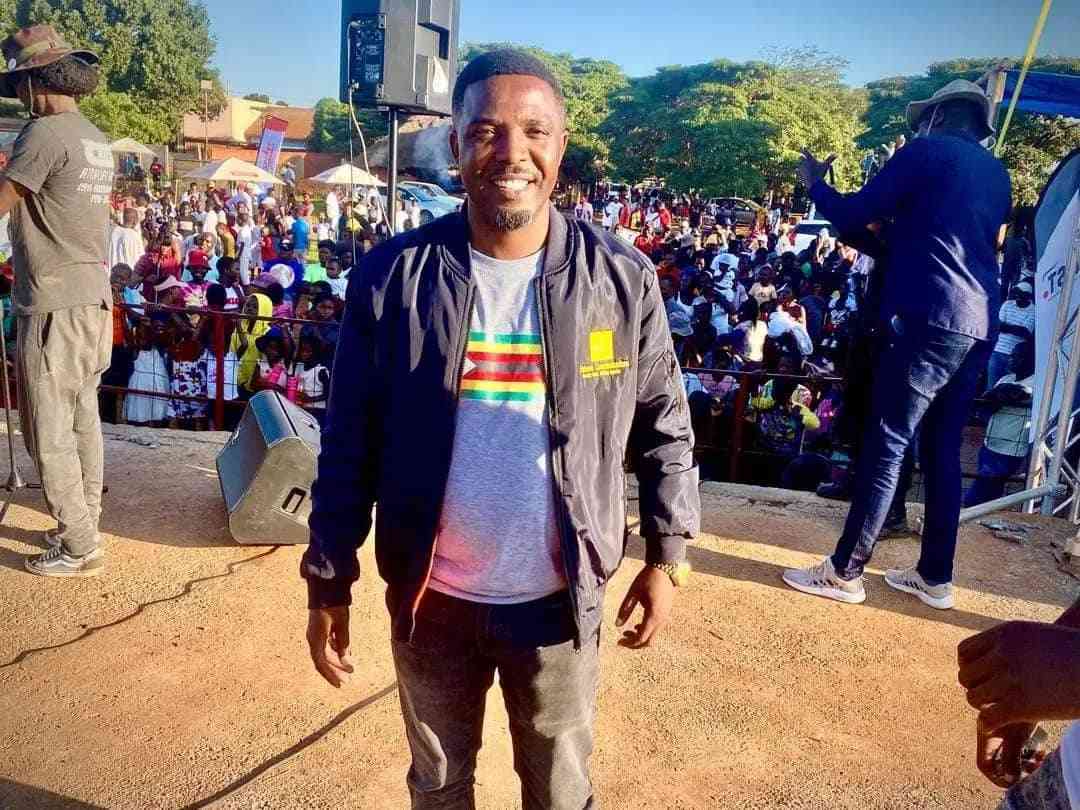
Title: The Ties that Bind Author: Phillip Chidavaenzi Publisher: New Heritage Press (2015) ISBN: 978-0-7974-5784
REVIEWED BY TAPIWA ZIVIRA
JOURNALIST and award-winning author Phillip Chidavaenzi’s second novel, The Ties that Bind (2015) — a sequel to The Haunted Trail (2007) — is a novel whose storyline traces subjects of faith, hope and love as the key to moving on from the ghosts of the past that haunt our everyday lives.

The story, which is told in captivating detail with colour that can only leave the reader enthralled, revolves around the character of Chiedza, an HIV-positive young woman who is trying to put the pieces of her life back together and love again after her ordeal with her banker fiancé Michael, who committed suicide after infecting her with HIV in The Haunted Trail. He was subsequently arrested for corruption just before taking his own life.
The story’s plot, however, transcends the subject of HIV and Aids to deal with a whole range of other social issues tied to the disease. Chidavaenzi brings in the character of Lincoln, an HIV-positive young lawyer who has given up on ever finding love after getting infected during “a moment of madness” in which he had a reckless one-night stand with a prostitute.
In Lincoln, Chidavaenzi brings in the internal conflict and desire for revenge that comes after infection, when Lincoln knowingly sleeps with another prostitute without a condom in his quest to find satisfaction by assumedly infecting her.
This could perhaps be a call on the authorities and HIV and Aids lobby groups to infuse robust post-infection counselling and knowledge in their programmes to curtail such reckless and dangerous behaviour.
- Chamisa under fire over US$120K donation
- Mavhunga puts DeMbare into Chibuku quarterfinals
- Pension funds bet on Cabora Bassa oilfields
- Councils defy govt fire tender directive
Keep Reading
Using cleverly crafted language, Chidavaenzi treads through a delicate, yet critical, issue in Zimbabwe at the moment — corruption. A friend of Chiedza, Jackie, also a lawyer, expresses surprises at the rot in Zimbabwe: “I’m still not convinced though Zimbabwe has become so rotten”. (p10)
Through their discussion, it emerges that there are suspicions that some proceeds of the Aids levy are probably being siphoned into the pockets of non-governmental organisations that work in the area of HIV and Aids.
In the same conversation between Jackie and Lincoln, Chidavaenzi greases on the sanctions issue, which the Zimbabwe government has maintained is the reason behind the problems the country is going through. Lincoln offers the insight: “Of course, we can talk about sanctions, but corruption, lack of unity of purpose and selfishness has made the effects more devastating.” (pp10).
What makes the plot more interesting is how Chidavaenzi dwells on the life of children whose parents died of HIV and Aids; children who are left in the care of possessively protective grandparents.
Through the character of Mbuya Masosa, Chidavaenzi shows the heartbreak that grandparents go through when they feel they have failed to protect their grandchildren from vices such as prostitution.
When one of her grandchildren, Yolanda, died while fighting with another prostitute over a client, “Something in Mbuya Masosa snapped… The lines on her face suddenly deepened… It was like something deep inside her had died with Yolanda.” (pp55).
That is just a bit about how Mbuya Masosa was heartbroken, as throughout the the book, Chidavaenzi details the pain and hopelessness she went through until the time she joined Yolanda’s sisters, Melisa, Synodia and later Shelter — who all died of Aids — in the world of the dead.
Perhaps what Chidavaenzi has done well in this book is to bring the element of contemporary literature, with the inclusion of modern communication systems and social media like WhatsApp Messenger and Facebook into the book.
Interestingly, Chidavaenzi appears to have taken a pattern off Sydney Sheldon’s style with his use of powerful female characters like Chiedza, Jackie, Vimbiso — something that is unique as it is quite unusual in African fiction and story-telling, which is often dominated by powerful men.
All in all, The Ties that Bind is a book that tells the story of the dilemma that Zimbabweans and perhaps Africans go through in the face of HIV and Aids and the reluctance by society to grasp the dynamics that surround infection and moving on.
In all this, Lincoln and Chiedza are shown as characters that set the example of how to move on from a dark past into a brighter future with hope, faith and love after seeking divine rescue. And when their baby is born HIV-free, using the modern methods to prevent mother-to-child transmission of the virus, it is a new day, and a perfect, quiet ending to a book that has a fast-paced storyline.











